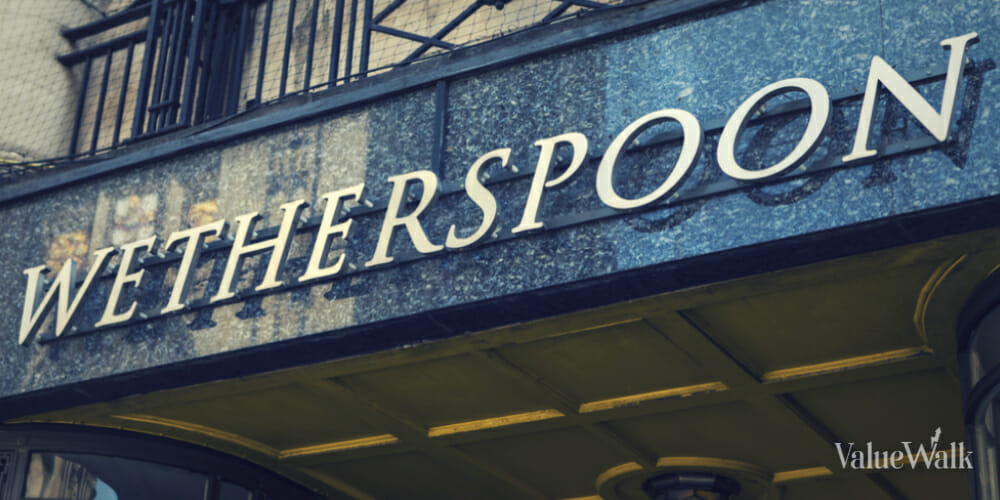JD Wetherspoon plc (LON:JDW)’s half-year revenues of £916m were up 13.0% on a like-for-like basis, and were also up against pre-pandemic levels.
Underlying operating profit was £37.4m, materially up from close to break-even in the first half of last year. This is because costs grew at a slower rate than revenues.
The group generated free cash flow of £166.0m against an outflow of £34.5m last year. Net debt fell from £920.4m to £743.9m.
Q4 2022 hedge fund letters, conferences and more
Sales are up 14.9% for the first seven weeks of the second half of the financial year.
Wetherspoon noted sentiment that inflation is on the wane, which “will certainly be of great benefit, if correct”. The group remains “cautiously optimistic”.
No dividend was declared.
The shares were up 7.7% in early trading.
JD Wetherspoon's Earnings
Derren Nathan, Head of Equity Research at Hargreaves Lansdown
It’s been a solid start to the year for Wetherspoon. Its tried and tested value offer is holding it in good stead and there’s no sign of punters deserting the boozers despite the continuing cost-of-living crisis.
These results coincide with today’s news that the GfK Consumer Confidence indicator for the UK has reached a record high. We share Wetherspoon’s cautious optimism but are mindful of that furtherdemand pressures in the short term seem likely.
Looking to the longer term we see Wetherspoon as a prime example of economic Darwinism. A company whose business model and brand is likely to see it exit a challenging period stronger than before.
By prioritising the balance sheet Wetherspoon is giving itself a good chance of emerging as a winner. This has not gone unnoticed by the market, with the shares up over 30% year to date, meaning there is increased pressure to deliver.













